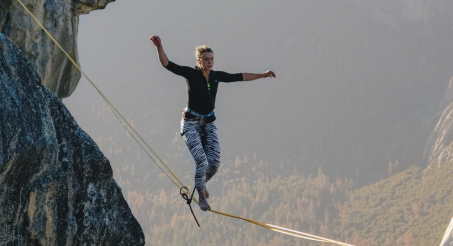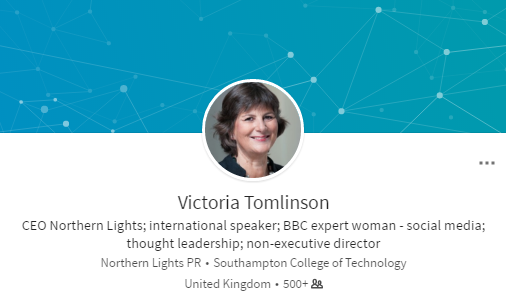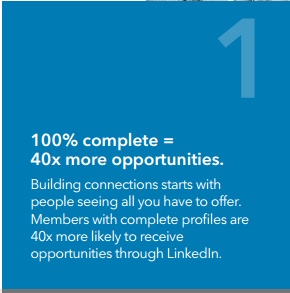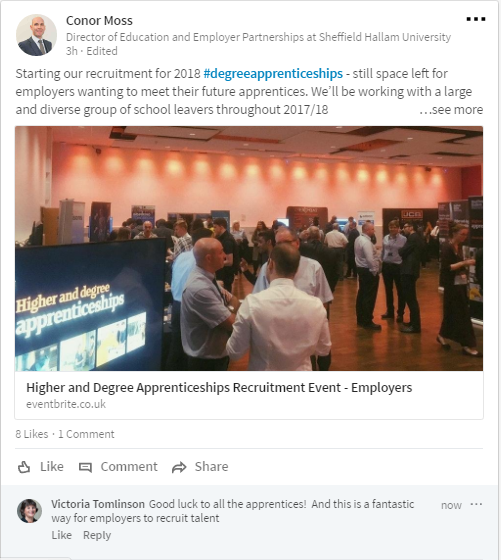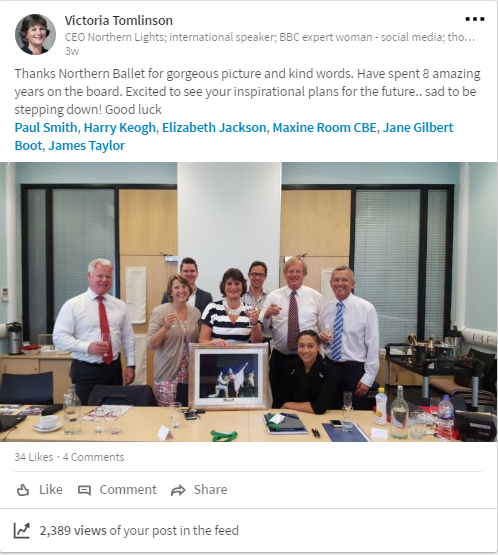6 ways to use LinkedIn for a new career – for 50 and 60 year olds!
2 October 2017 By Northern Lights
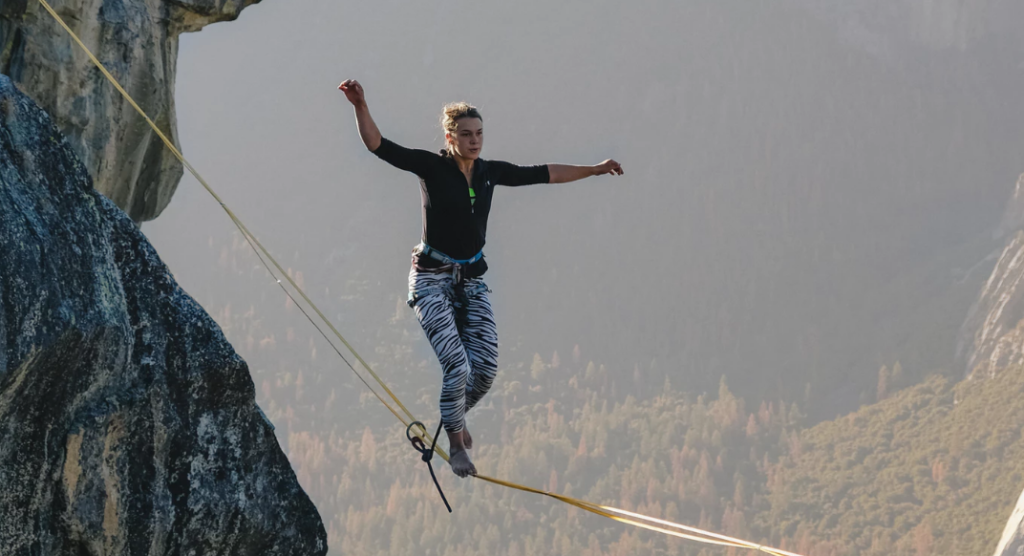
Apologies if any links in this blog post do not work, we have transferred this post to the Next-Up website from our old website Northern Lights PR.
The other night I spent an hour with a lovely person who is 53 and looking for a new career. Let’s call her Martha. She is looking for a new job, a City finance role. She’s also got ideas for a business and I was helping her look at options and to reinvigorate her thoughts about next steps.
What surprised me was that she had never thought about using LinkedIn in all this.
If you are looking for another role – executive or non-executive director positions – or thinking about a new venture, here are a few ways to use LinkedIn to help you.
And if you have any doubts about whether headhunters use LinkedIn, just read this guest blog Do headhunters use LinkedIn for senior people? by Scott Hutchinson who is a headhunter.
But first of all, imagine you meet someone in a completely new field who doesn’t know you. You have a good conversation, email each other, send your CV. What is the first thing this other person will do? Do a Google search. What comes up? How do you come over online? What would you like them to find?
1. Make the most of your professional headline
You can do a lot with the line that appears under your name. You probably think of it as your job title but LinkedIn calls it ‘professional headline’ because you can do so much more than a title – you have 120 characters with spaces.
What should you put in here?
First you need to think about LinkedIn as a search engine. Who might be searching for someone like you and what words would they use? A headhunter might be looking for ‘non-executive directors’ in their search. Future employers for sector or skills expertise. You might want to be found as a speaker, or a mentor.
If you don’t include words such as these, then you won’t be found on searches for those words. It’s very logical but not always obvious!
To give you an example, this is what I have put in my professional headline and why
- CEO, Northern Lights – most people want to have your basic title and company name. That is often the basic of a search
- International speaker – I do a lot of speaking and this gives me credibility but also I have been asked to be a speaker as a result of this, from people I did not know. They searched on LinkedIn for ‘speakers’
- BBC expert woman – I have included this mostly for credibility and it’s a bit different, it makes you a bit memorable if you stand out
- Social media, business, thought leadership – these are key services we offer for senior people and businesses. I spent ages deciding what to include – I haven’t included communications which I wanted to, but I couldn’t make it work. I am not sure most people know what ‘thought leadership’ is but again, I think it sounds interesting! But I definitely want to be seen and found for social media, it is part of my personal brand
- Non-executive director – I have held a number of non-exec roles and would like to hold more. I have included this phrase on my profile to increase my chances of getting another one.
2. 100% complete or All star LinkedIn profile
LinkedIn rewards those who fill in all their details. If you want to be found on searches you need an ‘All Star profile’. If you go into your own profile you will see your dashboard and in the top right you can see the words ‘all star’ which means you have a complete profile.
When anyone searches on LinkedIn, LinkedIn has an algorithm which first of all shows people who have complete profiles and are directly connected to you, then people who have complete profiles but are not directly connected.
Yes, LinkedIn puts people with complete profiles above direct connections. To get an all star rating, you need to do the following:
- Add a profile photo
- List two or more positions you’ve held, along with descriptions of your roles
- Have five or more skills on your profile
- Write a summary about yourself
- Fill out your industry and postal/zip code
- Add where you went to school
- Link to 50 or more connections
LinkedIn itself says you will get 40x more opportunities through it if you have a complete profile.
3. Create a story for your summary
The summary section is your main sales piece where you can bring out your personality and make people want to ‘buy’ you. You have 2000 characters including spaces, so maximise this.
By personality, I don’t mean humour and the fact you are a great gourmet cook. And it is not your CV with things like ‘I have driven sales for the last 20 years, in multi-channels’.
What you need to think about is what is special about you? Most summaries I have looked at could have been written for 50 senior people. There is nothing distinctive about them and actually they often look junior because they are too ‘tactical’.
You also want to look passionate about the company you are working for – I would expect to see a paragraph about your company, why they are leaders in their field and perhaps your role in helping them to achieve this.
Tell stories to bring your career to life. ‘In the hard days of the recession, I led research to identify new markets. We decided on Dubai because it built on our contacts, it was a manageable travel distance and our research showed there were real opportunities in xyz.’
No-one really wants to read long lists of career achievements – even your partner may struggle! But everyone enjoys reading something where there is an insight, they learn something new or think, I’d like to hear more about that. That starts conversations.
4. Use LinkedIn to do your networking
People still think of social media as a broadcast tool, rather than a networking tool. Every day, LinkedIn is giving you dozens of snippets of information about your network. Click on home and scroll down – who do you know and how can you say ‘hi’ to them in a subtle way?
I have just done this as I write, to give an example. I just spotted a former client, Conor Moss, has posted about a degree apprenticeship event at Sheffield Hallam University. I really rate Sheffield Hallam and degree apprentices, so I have just left a comment on this post which will now go out to my network of a few thousand people – which could help them. It is also a gentle way of saying hi to Conor, whom I haven’t chatted to in a year or two.
5. Create a brand on LinkedIn
You can also post your own information on LinkedIn. Again, think about your personal brand and what expertise you want to be known for. Post relevant snippets of news items – perhaps on the economy or your industry sector. Add your own views or a question.
You could post congratulations, thanks or praise people who are doing great things. I stepped down from Northern Ballet’s board last month after eight years. I posted a photo of me with the board and a gorgeous picture they gave me of dancers. I am a big networker, but I confess even I am staggered to see this post has been viewed 2,389 times! What a great way of being in touch with all sorts of people with virtually no effort. You may note I tagged those who are on LinkedIn – our chairman, Sir David Wootton isn’t!
6. Connect far and wide
If you are actively looking for a job, you want your network to be as wide as possible. This doesn’t mean connecting with anyone and everyone, but have you connected to everyone you know in the companies where you would like to work? If you are connecting to a lot of people in batches, you may need to join Premium for a month or two for this – it’s £36 a month but worth it.
And do a personal message to everyone that you send an invitation to. You could say something on the lines of ‘I’m just building my LinkedIn network and can’t believe we aren’t connected. How are things? I see you have been promoted – well done. Is that challenging, fun or both?!’
What I have done here is to: talk about them not you; I have asked a question which is more likely to get a response; and done it in a way that someone might want to reply eg ‘never worked so hard, but it is fun’. If and when they reply, you might then want to pick up and say ‘I’m researching xyz – would love to catch up and get your views. Do you have time for a coffee?’
All of this is the lightest of touches. You are not saying, ‘I’m looking for a job, can you help?’ – which has a desperate feel.
For senior people on LinkedIn, I would expect them to be connected to at least 500 people and probably 1,000. I have 1,800 connections and I do know these – my rule is I normally only connect to people I know and rate. Having a wide network increases your chances of LinkedIn working for you.
I have really written this blog for Martha to sum up the points I made. But I hope it will help others too – do let me know if it gives you new ideas!

